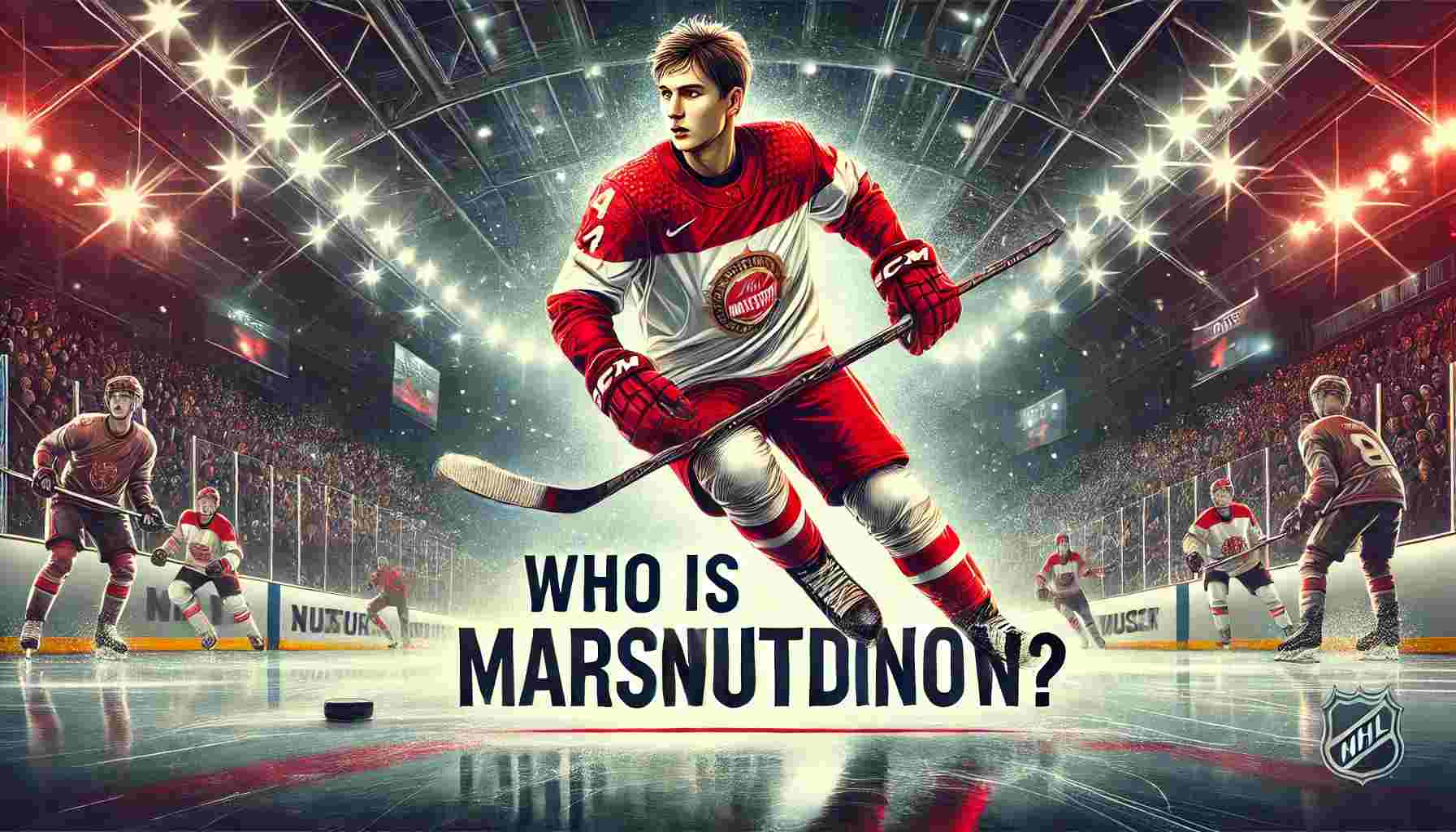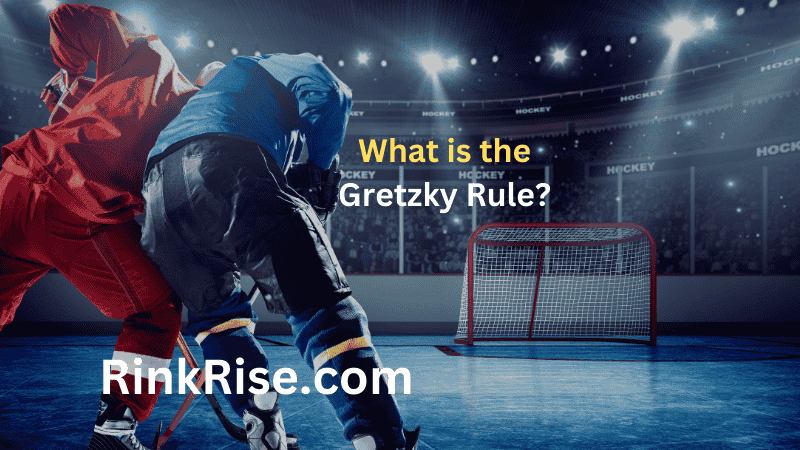Understanding Embellishment in Hockey
Embellishment in hockey refers to players exaggerating contact or simulating a fall—often called diving—to prompt referees to penalize the opposing team. This tactic involves a player pretending to be more injured or affected by a minor contact than they truly are, aiming to gain a strategic advantage by having a penalty called against their opponent.
While this approach can affect the outcome of a game, it is widely criticized for undermining the spirit of sportsmanship. It disrupts the flow of the game and poses a challenge for referees who must discern real fouls from deceptive acts quickly. Preserving the game’s integrity is essential, requiring clear differentiation between actual infractions and embellished actions.
Exploring Psychological Influences on Embellishment in Hockey
Embellishment in hockey is influenced by various psychological factors. Players might resort to exaggeration during games due to the intense pressure to secure a win or from a belief that such tactics are crucial for gaining a competitive edge. Additionally, the culture within the team and the coaching methods can significantly shape players’ attitudes toward using embellishment as a strategy.
To tackle this issue effectively, it’s important to understand these underlying motivations. This understanding can help maintain the integrity of the sport and ensure that competitiveness remains fair and in the true spirit of the game.
Impacts of Embellishment in Hockey
Embellishment in hockey has significant consequences beyond just influencing penalty calls. It disrupts the natural flow of the game, causing frustration among players, coaches, and fans alike. Furthermore, it detracts from the authenticity of players’ performances and can compromise the fairness of officiating decisions. Addressing embellishment is crucial to maintaining the integrity and fairness of the sport.
Strategies to Mitigate Embellishment in Hockey
To address embellishment in hockey, several effective solutions are suggested. These include enforcing rules more strictly and launching educational programs to enhance sportsmanship. Additionally, referees are vital in identifying and penalizing embellishments, highlighting the importance of consistent and fair officiating in maintaining the sport’s integrity.

Case Studies Illustrating Embellishment in Hockey
Reviewing past examples of embellishment offers crucial insights into how it affects games and the reputations of players. These case studies range from well-known instances of dramatic dives to more subtle acts of embellishment, illustrating the complex and impactful nature of this issue within the sport.
Outlook on Embellishment in Hockey
The future of embellishment in hockey remains unclear. It will be influenced by changes in player behavior, improvements in officiating technology, and evolving cultural attitudes towards fair play. The hockey community must stay alert and active in managing embellishments to ensure the game retains its integrity.
Financial Penalties for Embellishment in Hockey
Players who embellish in hockey can indeed face financial penalties. Initially, a warning serves as a wake-up call, but fines can escalate with repeat offenses, reaching up to $5,000. The NHL employs these fines to discourage theatrical play and maintain a focus on authentic, sportsmanlike hockey.
Additionally, fines can be imposed even if a player wasn’t penalized during the game. The NHL thoroughly reviews all games and has the authority to issue fines post-match, which is crucial given the difficulty of detecting embellishment in real-time due to the game’s fast pace.
Coaches are also held accountable; a head coach can be fined $2,000 if a player is caught diving for the fifth time, with the amount increasing for subsequent offenses. This policy underscores the importance of leadership in promoting integrity within the sport.
Duration of Penalties for Embellishment in the NHL
In the NHL, players judged by referees to have embellished or exaggerated an incident receive a two-minute minor penalty. This action sends them to the penalty box, colloquially known as the sin bin, and leaves their team short-handed. Such penalties aim to preserve the integrity of the game by discouraging dishonest behavior on the ice.
Read Also: Is embellishment considered a penalty in the NHL?
Conclusion
Hockey’s challenge with embellishment highlights the need for vigilance and adherence to the principles of fairness and sportsmanship. Through effective rules enforcement, educational efforts, and careful officiating, the sport can maintain its integrity while ensuring that competition remains both exciting and honorable.
FAQ’s:
What are typical ways players overreact in hockey?
In hockey, embellishment often involves players diving or exaggerating a collision, acting injured from slight contact, or overstating the effects of a high stick.
Why do hockey players exaggerate fouls?
Players might embellish actions to provoke a penalty, thus giving their team a tactical edge, disrupt the game’s rhythm, or sway referees’ decisions in their favor.
What effect does embellishment have on hockey?
Embellishment can majorly influence a game by causing penalties against the opposite team, offering the embellishing team a power play, and interrupting the game’s continuity.
What does embellishment mean in sports?
In sports, embellishment refers to players attempting to deceive referees by making a contact seem more serious or prolonged than it truly was.
Does hockey have rules against embellishment?
Although there are no explicit rules targeting embellishment, the National Hockey League (NHL) imposes fines on players who dive or exaggerate incidents, discouraging such conduct.
How do officials identify embellishment versus genuine injury in sports?
Officials determine if a player is embellishing or truly injured by using their experience, observations, and sometimes other officials’ input or video reviews to make an informed decision.



